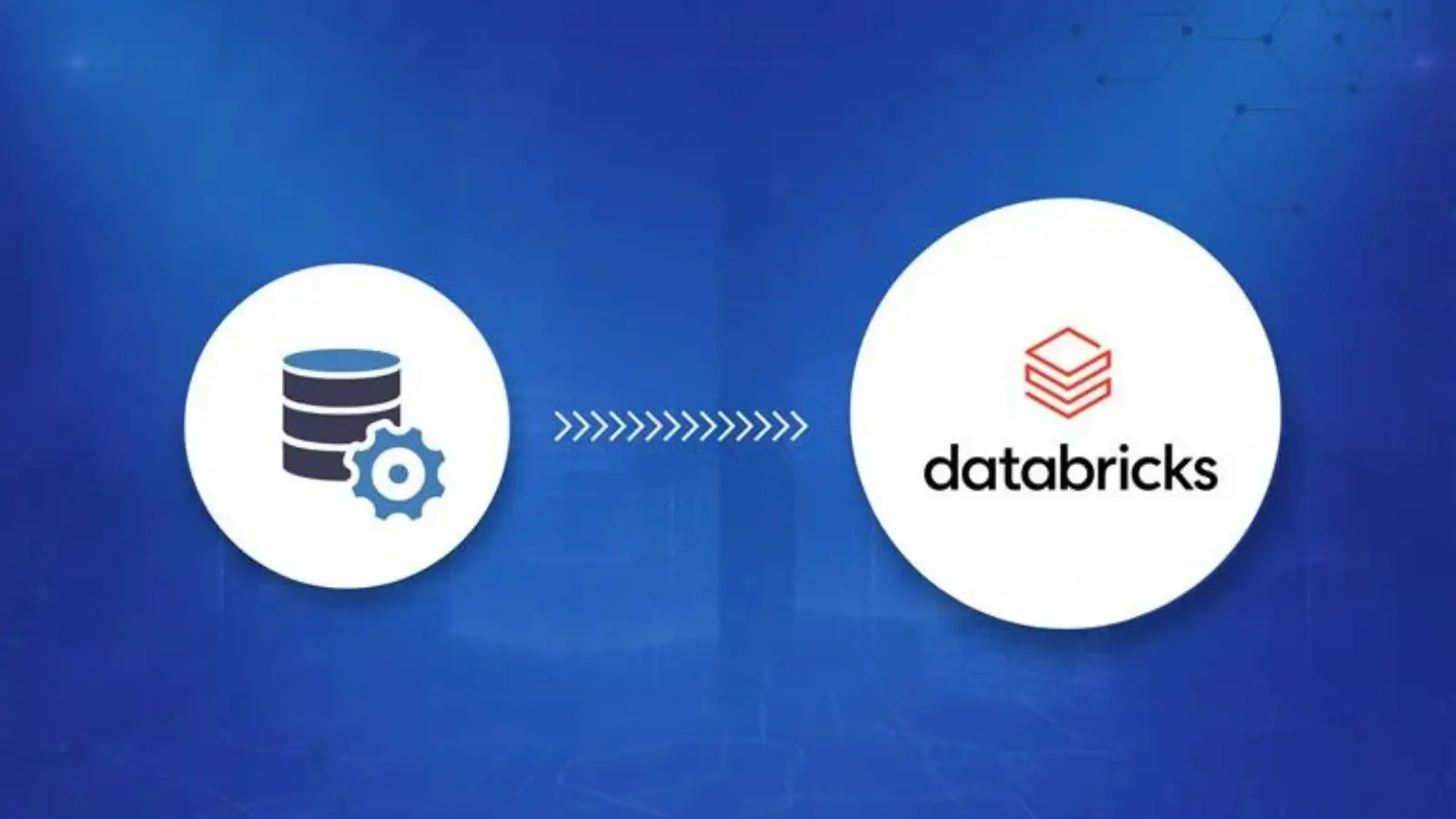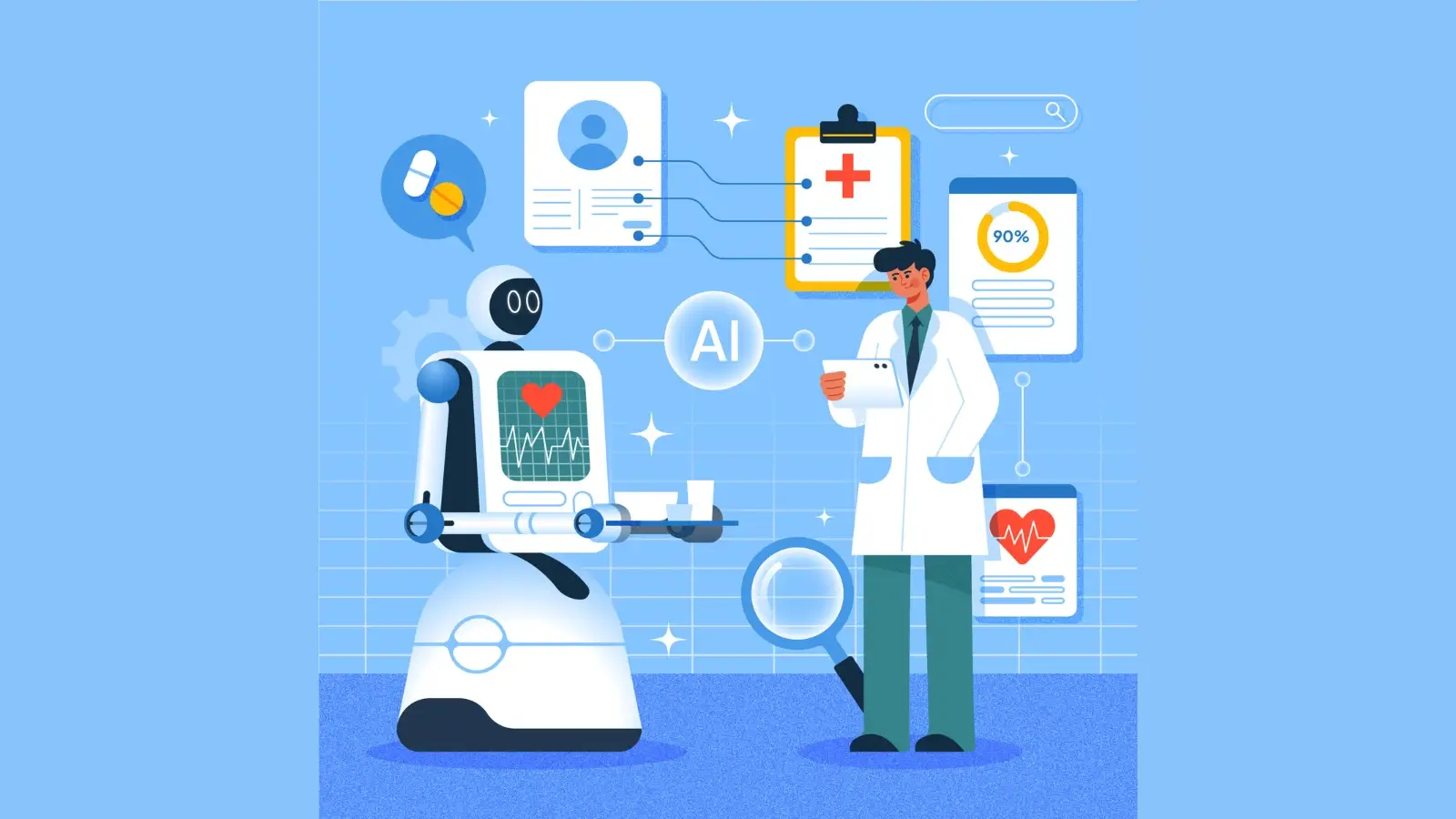Enterprises today are navigating a data-driven world where agility, scale, and intelligence are the keys to survival. Data is no longer just a support function—it’s the lifeblood that fuels innovation, customer experience, and competitive differentiation. But here’s the reality: many organizations are still shackled by legacy data warehousing systems that were designed for a different era.
These systems, while reliable in their time, struggle to keep up with modern business needs. They lack the flexibility to handle new data formats, the scalability to manage exploding volumes, and the speed to power AI-driven decision-making. As a result, businesses are looking for ways to modernize their data platforms to databricks without disrupting ongoing operations.
One platform that has emerged as a clear leader in this journey is Databricks, with its unified lakehouse architecture.
Why Legacy Data Warehouses Are Holding You Back
Traditional data warehouses are facing challenges that are increasingly difficult to ignore:
-
High operational costs: Scaling compute and storage independently is nearly impossible, forcing enterprises into expensive, rigid models.
-
Rigid architectures: Adapting to new use cases such as streaming data, AI, or real-time analytics often requires complex workarounds.
-
Data silos: Structured data may reside in the warehouse, but unstructured and semi-structured sources often remain untapped.
-
Performance bottlenecks: Handling complex queries, large-scale joins, and diverse workloads can severely degrade system performance.
These challenges don’t just impact IT—they directly hinder business agility, slowing down time-to-market for new products, insights, and customer experiences.
Databricks: Building a Modern Foundation
Databricks introduces a lakehouse architecture that blends the best of data warehouses and data lakes. It brings together reliability, governance, and performance while ensuring flexibility and scale. Here’s why enterprises are making the shift:
1. Unified Data Management
With Databricks, structured, semi-structured, and unstructured data all coexist seamlessly in a single platform. This eliminates silos and enables a holistic view of the enterprise’s data landscape.
2. Delta Lake Reliability
Delta Lake, the open-source foundation of Databricks, adds ACID transactions, schema enforcement, and time travel to data lakes. This ensures consistency and trustworthiness, even in highly complex data pipelines.
3. Elastic Scalability
Compute and storage are decoupled, meaning enterprises can scale workloads up or down based on demand, optimizing both performance and cost.
4. Advanced Analytics and AI
Unlike traditional warehouses, Databricks is built to power machine learning, generative AI, and real-time analytics natively. This makes it a future-ready choice for enterprises pursuing AI-driven transformation.
5. Streamlined Governance
Built-in features such as data lineage, security, and access controls simplify compliance while ensuring enterprise-grade governance.
Migration: More Than a Lift-and-Shift
Migrating workloads from a legacy data warehouse to Databricks isn’t as simple as lifting and shifting. It requires strategic planning and execution to maximize benefits while minimizing risk. Key considerations include:
-
Assessment of legacy workloads: Analyzing existing ETL, SQL, BI, and analytical workloads for compatibility and complexity.
-
Automated transformation: Converting legacy code to Databricks-native frameworks with optimization for performance.
-
Validation & testing: Ensuring accuracy, data integrity, and compliance throughout the migration.
-
User adoption: Training analysts and business users to embrace new tools and workflows.
Enterprises that take a structured approach to migration are able to minimize disruption and realize the value of Databricks faster.
Real-World Use Cases Across Industries
The benefits of modernizing data warehousing workloads on Databricks aren’t theoretical—they’re already driving transformation across industries:
-
Banking & Financial Services: Global banks are modernizing risk analytics and fraud detection by consolidating siloed datasets on Databricks. This enables faster, more accurate predictions while meeting regulatory requirements.
-
Retail & E-Commerce: Retailers use Databricks to unify customer, product, and supply chain data—empowering real-time personalization and demand forecasting.
-
Healthcare & Life Sciences: Healthcare providers are breaking down data silos between electronic health records, IoT devices, and research datasets, accelerating drug discovery and improving patient outcomes.
-
Manufacturing: Manufacturers are adopting predictive maintenance and IoT analytics by integrating streaming and historical data into a single platform.
These use cases highlight the transformative potential of migrating to a modern, AI-ready platform like Databricks.
Accelerating Migration with LeapLogic
While the benefits are clear, one of the biggest barriers to modernization is the complexity of migration. Manual approaches are often slow, error-prone, and costly—especially when dealing with thousands of legacy workloads.
This is where Impetus LeapLogic makes a difference. LeapLogic automates the end-to-end transformation of legacy workloads—including data warehouse, ETL, Hadoop, analytics, and BI—to Databricks. Its capabilities include:
-
Automated workload assessment: Identify dependencies, complexity, and optimization opportunities.
-
Intelligent code conversion: Transform SQL, scripts, and ETL logic into Databricks-native equivalents.
-
Data lineage & governance: Maintain traceability and compliance throughout the migration.
-
Automated validation: Test and reconcile migrated workloads to ensure trust and accuracy.
With up to 95% automation, LeapLogic helps enterprises accelerate their modernization journey while reducing risk and cost. The result? Faster time-to-value, business continuity, and the ability to fully harness the Databricks lakehouse for advanced analytics and AI.
The Future Is Lakehouse
Enterprises can no longer afford to let legacy data warehouses hold them back. The future of data-driven business lies in platforms that are scalable, intelligent, and future-ready. By migrating workloads to Databricks—and doing so with the power of automation through LeapLogic—businesses can unlock unprecedented agility, innovation, and competitive advantage.
The journey from legacy to lakehouse is not just about technology. It’s about enabling your business to thrive in a digital-first, AI-driven future.
















